BUBBLE HASH
Hash, short for hashish, is a concentrated form of cannabis. It is produced by collecting and compressing the most powerful material from the cannabis plant—the trichomes. Trichomes are the source of resin containing the cannabinoids, terpenes, and other precious phytochemicals in the plant. These tiny mushroom-like growths coat the leaves, branches, and particularly the buds, giving it a frosty white appearance.
how to make bubble hash
By concentrating the trichomes into a mass, hashish contains much higher levels of cannabinoids and terpenes by volume, making for a very potent and aromatic smoke. Hash is often presented as a dark brown, waxy, sticky substance. It is versatile, and can be smoked in a pipe, bong, vape pen, or “dabbed”. You can also roll hash into a joint or blunt with marijuana or tobacco, or even add it to food or drink.
Hash is generally considered a crude type of cannabis concentrate, as it tends to be less pure than commercial “dabs”, such as wax and shatter. Still, depending on the product, hash can be up to four times stronger than regular bud. The concentrations do, however, vary depending upon the product. THC extraction is evolving to be more and more refined as the laws governing recreational use of cannabis have relaxed in the US.
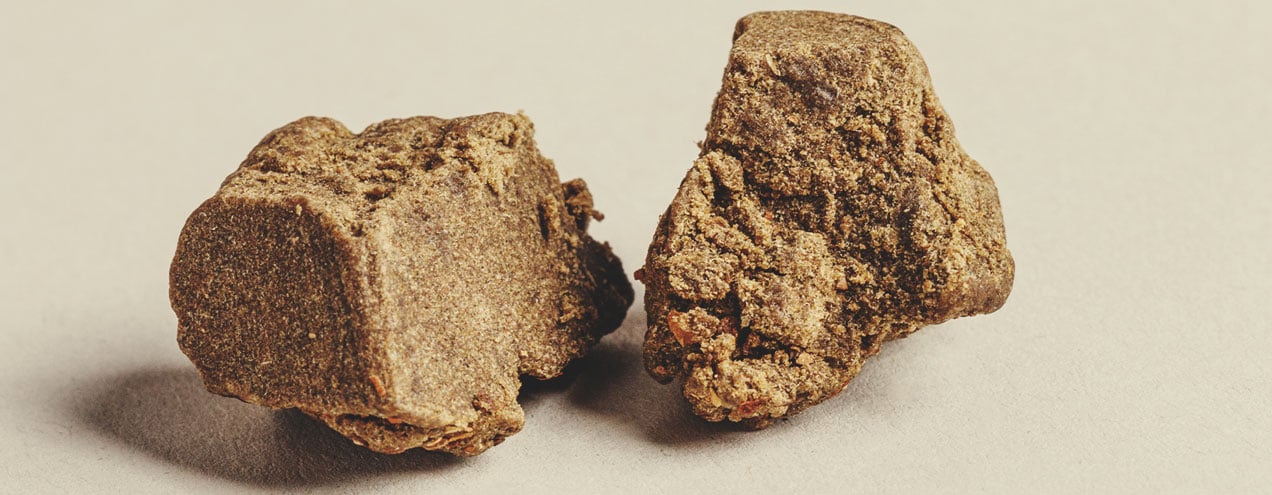
-
Types of Hash
Some of the most ancient forms of hash-making originated in India. Here, hash (or charas) and Nepalese temple balls are made by rubbing live cannabis buds between the hands to remove the trichomes and capture the resin. This is continued until a thick, dark mass is produced, which is then scraped together to form balls or sticks of hash.
“Dry sift” encompasses varieties of hash such as red Lebanese, black Afghan, Pakistani, Turkish brick, and Moroccan pollen. These types are created by dislodging the trichomes of dried cannabis bud (aka kief) using physical agitation. The buds are rubbed over fine mesh sieves, under which a fine powder collects. This is then pressed into blocks, and typically smoked.
With rosin hash, dried cannabis buds are subjected to immense pressure and heat. What is produced is a very satisfying golden, honey-like substance. Rosin is almost 100% pure and untainted.
Modern hash—aka cannabis concentrates—dominates the legal cannabis market, specifically in the US and Canada. The industry has developed very efficient ways to extract high amounts of cannabinoids and terpenes, creating concentrates like shatter, wax, crumble, and budder. These extraction methods can produce concentrates with over 80% THC! Solvents like butane, propane, and CO₂ are used in these highly technical and potentially dangerous processes.
What is bubble hash?
Bubble hash refers to a specific type of hash made with a process involving ice water. Like traditional hash, bubble hash is a solid concentration of cannabis resin glands, or trichomes. It can range in color from light blonde to dark brown. Bubble hash gets its name from its tendency to bubble when brought under a lighter’s flame.
“Full melt” is considered the highest quality of bubble hash. The ultra-refined full melt tends to largely bubble away when smoked or dabbed, leaving little material behind. You may also see hash rated on a scale of one to six, with six-star hash being the most refined and desirable. These highest quality hashes are made using extremely fine mesh sieves that prevent plant material from passing through—only the small trichome heads.
How to make bubble hash
Bubble hash is typically made using ice water and a series of bags or screens. To make bubble hash, cannabis flower is combined with ice water inside of what are called “bubble bags.” Inside these vinyl bags are sieves which separate the plant material from potent resin glands. Trichome heads freeze from the ice water, and when the cannabis is mixed and agitated, they break off the plant and travel through the sieves.
In order to achieve a more refined product, finer mesh sieves are used to further separate the plant material from the hash. To do this, bubble bags of various sizes are layered inside of a bucket, with the smallest micron (or, finest) screen at the bottom. Micron refers to the number of units allowed to pass through the screen, so the smaller the micron, the less plant material will pass through.
After the cannabis has been sufficiently agitated, the topmost bag full of cannabis and ice is pulled up and removed. The material caught in the second screen is then scraped off and set aside; this will generally be darker in color due to the amount of plant material that passed through the first larger-micron bag. The second bag is carefully inverted and dunked into the water of the bag below so the trichomes may continue moving through the series of bags. This process of collection and filtration is continued until the trichomes have been filtered through every bag. Finally, the hash is dried by being pressed under a micron screen or cotton muslin cloth.
Difference between bubble hash and kief
Kief describes the dried resin glands that coat the outside of a cannabis bud. It is the brown crystalline powder that breaks off from cannabis buds in a grinder. A simple way to differentiate kief from hash is that kief is the decompressed precursor of hash.
Both bubble hash and traditional hash are made from these resin glands, though they differ in preparation. Bubble hash is made using ice water, agitation, and a series of bags and screens while traditional hash is typically made through manual or mechanical separation and compression.
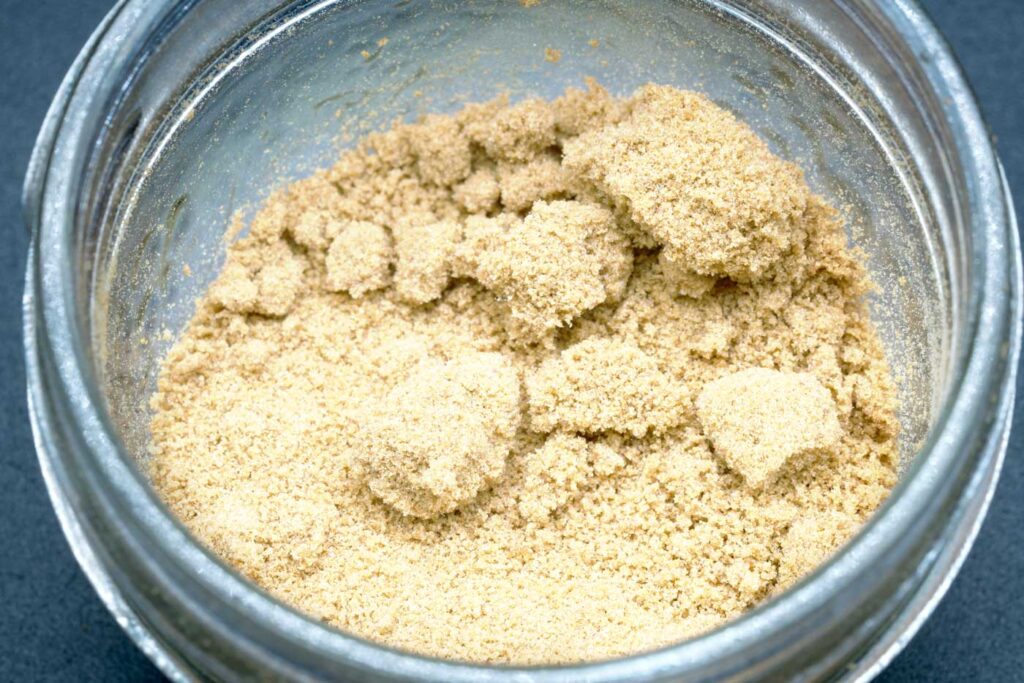

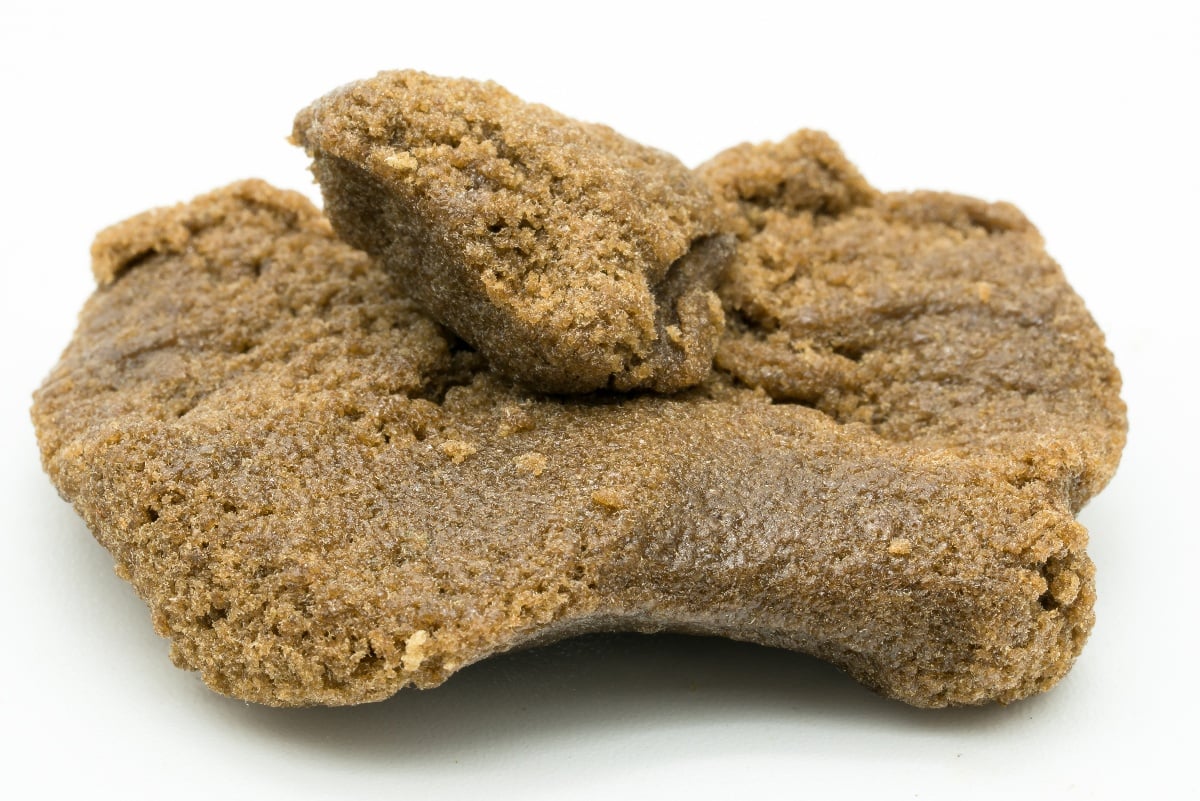



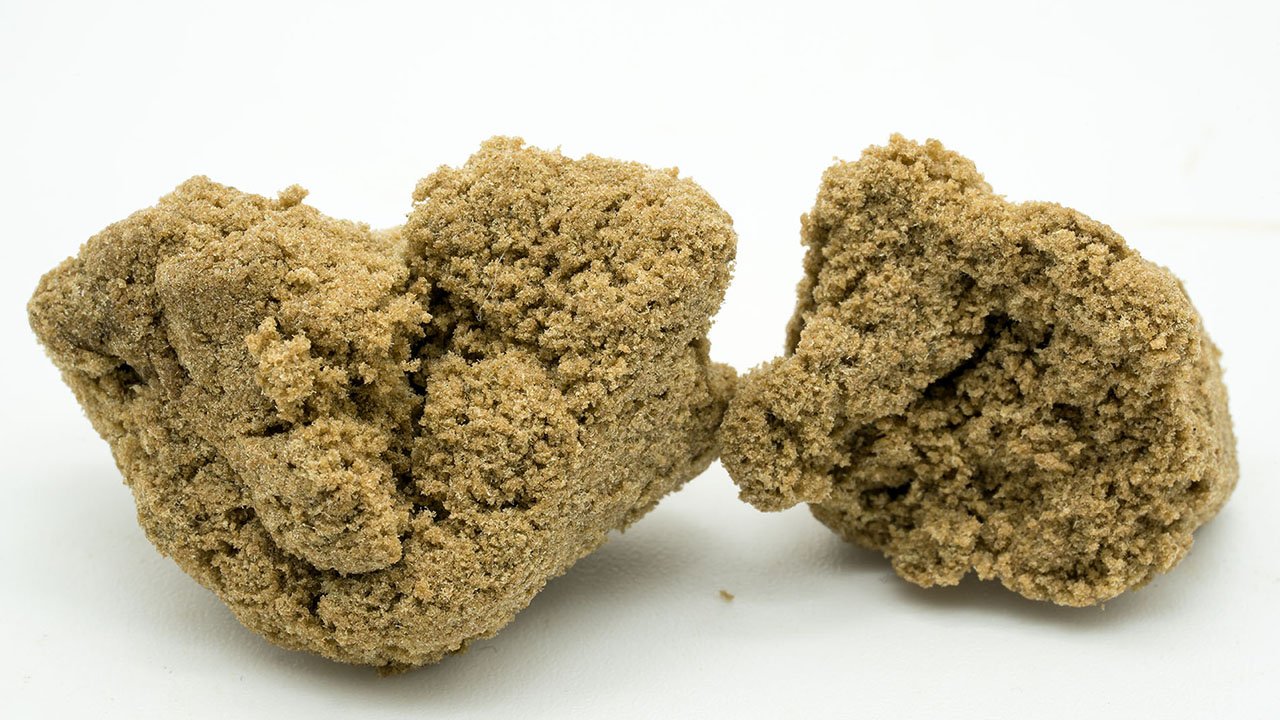
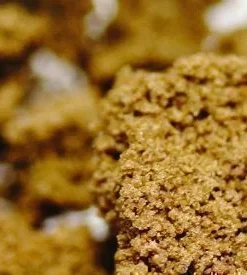
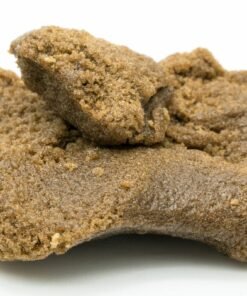
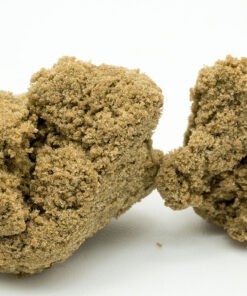
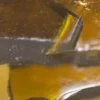


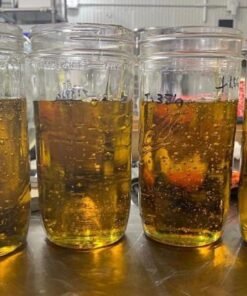


Reviews
There are no reviews yet.